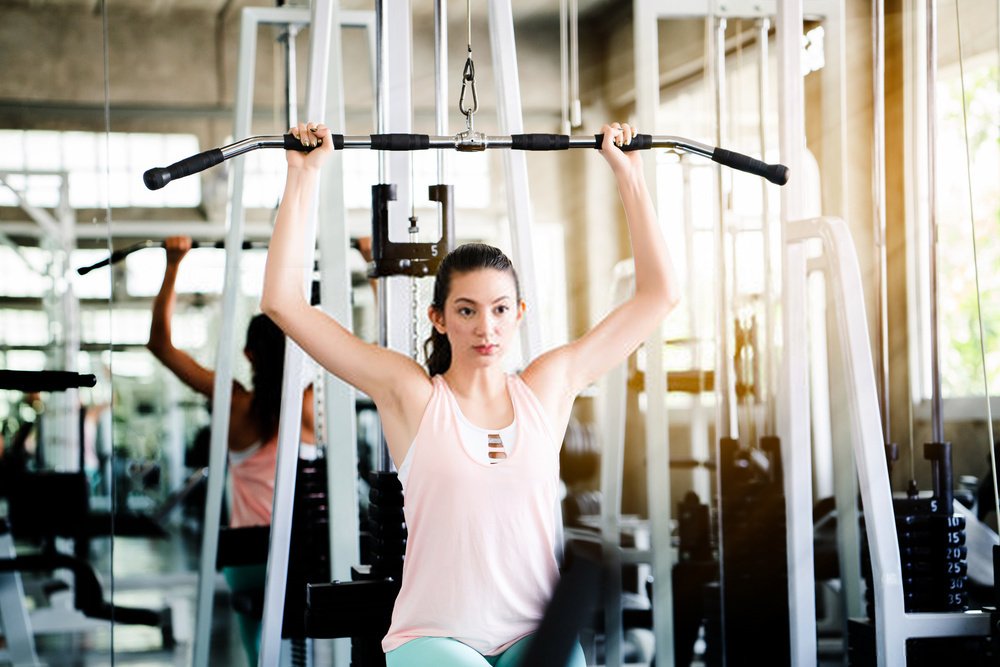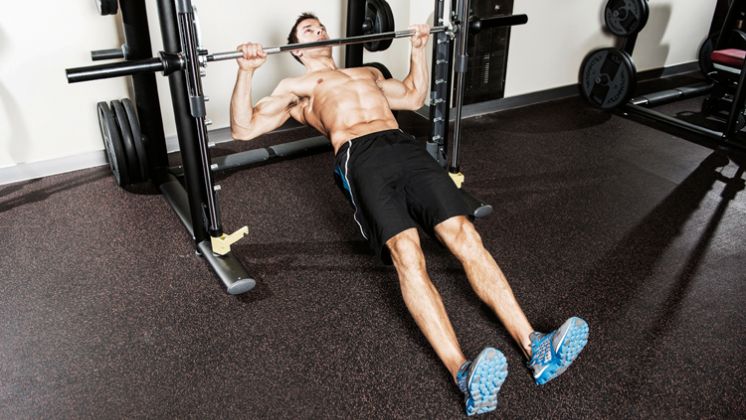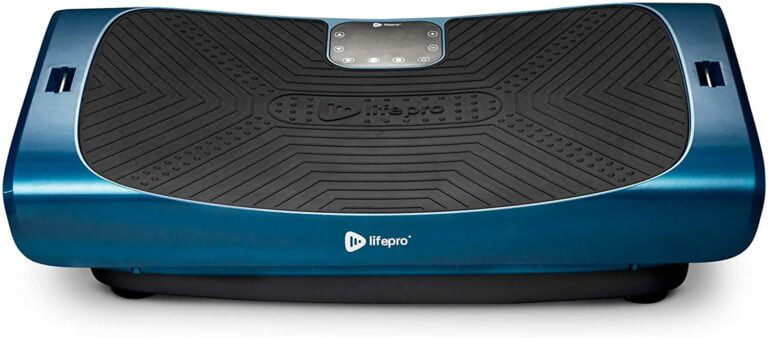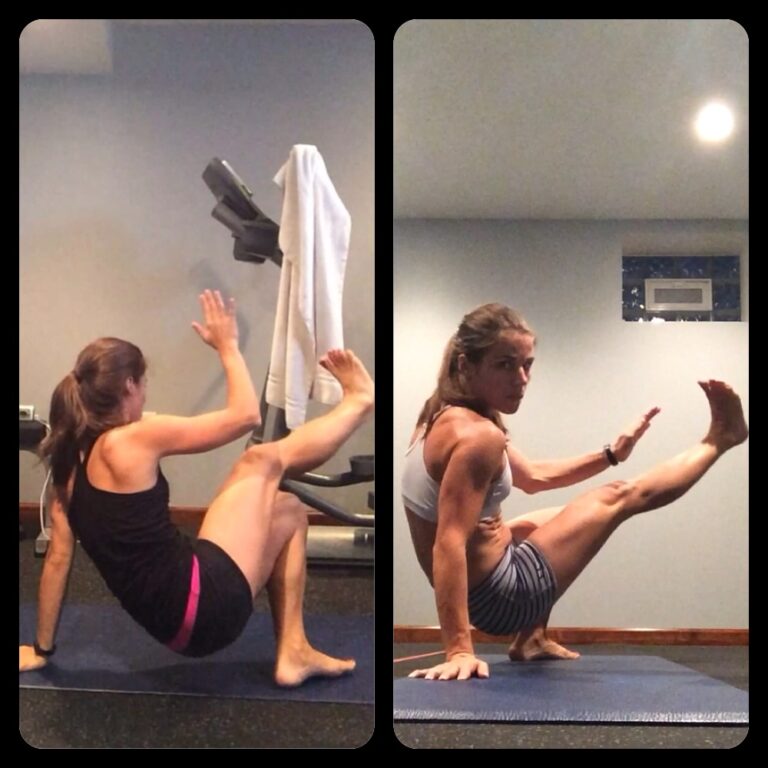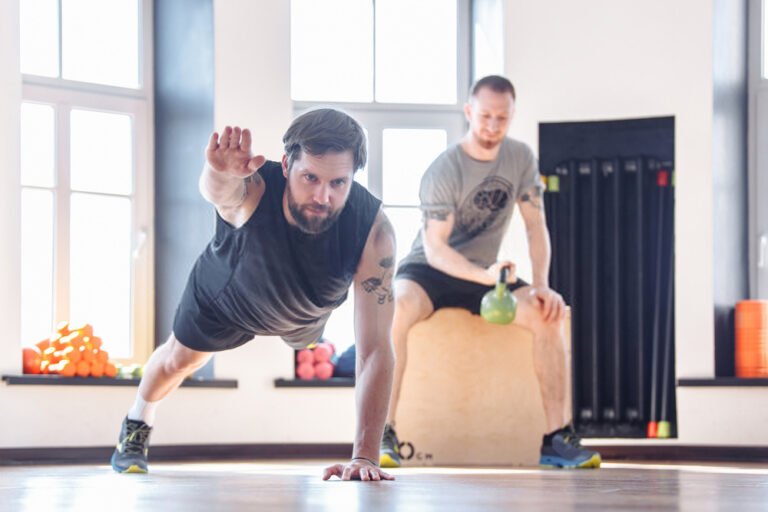How To Tighten Cable On Home Gym?
Do you ever struggle with how to use the cable machine at your local gym?
If you are looking to lose weight, you need to know that you need to make sure you are using the right kind of equipment when it comes to exercising.
There are so many different kinds of exercise machines out there that it can be tough to figure out which ones will help you lose weight and which ones will end up making you gain more weight.
This article will show you a simple and sure-fire way to tighten all kinds of cables on home gym equipment quickly.
So if you want to start losing weight today, then read on.
What is the cable machine?

The cable machine was invented in the 1970s by Arthur Jones, a former Olympic weightlifter. He recognized that many lifters were having trouble with grip strength and forearm strength and that conventional weight training exercises weren’t helping.
He came up with a way to combine free weights with a pulley system to allow lifters to use movement patterns similar to those used in weightlifting.
The creators of the cable machine realized that if you could apply some of these weightlifting movements to conventional devices, it would improve your overall muscular development.
Since this invention, it’s been used in numerous gyms and fitness clubs worldwide by many athletes.
A cable machine is a weight machine that utilizes resistance cables to allow a lifter to exercise dozens of muscle groups at one time.
The resistance is made up of two pulleys set at different heights. The weight stack spins between the two pulleys, pulling your body back and forth in a figure-eight motion.
It is a great way to work many muscles at once, although you can only do about 8-12 sets (depending on your strength) as each spin takes approximately 1/2 second, so it has a short range of motion. Nevertheless, this is an excellent alternative to traditional weightlifting exercises.
Since the cable machine can work many muscles at once, the risk of injury is lower than using free weights or machines that isolate specific muscles and joints.
In addition, it is beneficial for people who don’t have much time to work out since it makes for shorter workouts.
How to tighten cable on the home gym?

Generally, a cable machine has two arms at different distances from the weight stack. The handlebars that you grip to complete a movement are attached to a pulley connected to the cable through a series of levers. As you move the handles back and forth, the weight stack is pulled in toward you and then pushed away.
The problem with this is that the screws can loosen up after frequent use, making it difficult for you to complete your workout sessions.
If the cable isn’t tight enough, it will make it very hard for you to keep proper form during your workout session, leading to injury and loss of results.
So if you have ever used a cable machine, you know that it is usually effortless to tighten the cable. Follow the below steps to do it yourself at home:
Step 1:
First, get your hex wrench. It is a special Allen wrench with a half-hexagon shape that fits into the screw head.
Step 2:
Take off the weights from the machine’s weight stack. Put them on a separate weight bench or rack so you don’t hurt yourself by moving around and hitting them with your body during this process. Leave the handlebars on the cable machine so you have something to hold while tightening it up.
Step 3:
Locate where the cable meets up with the pulley of your machine (it will be right next to either sidearm of your cable machine).
Step 4:
Unscrew the bolts on the pulley. Be careful not to drop them, or you will have a hard time putting them back on in the right place. If you’re struggling to get them loose, then try spraying some WD-40 on them beforehand.
Step 5:
Now that you have taken off your pulley use your hex wrench to loosen up all of the bolts that attach it to your machine (there should be 4-5 total). Once those are loose, you should easily pull off the whole pulley system.
Step 6:
Now that you have this off check if your cable is wound tightly around the tension reel. If it isn’t, then get your screwdriver and tighten up the tension knob on the cable’s side.
Then slowly start unwinding it. Do not wind more than two times if you are new to this, or you might break your cable in half!
Step 7:
Once your cable is fully unwound, put your pulley assembly back onto the weight stack and reattach it with all of the screws. Then tighten them back up.
Step 8:
Attach your handlebars back to the cable machine and then test out the resistance of your device. If the resistance is too strong, don’t worry about it because you can adjust it down with a screwdriver as you go along.
Then put on your weights, lift some weight through the exercise and make sure that you feel safe and secure throughout this entire process.
Step 9:
Now you are done! You can now go through your entire workout routine, but be careful with the amount of weight that you lift. Don’t go overboard because you might cause your cable to snap in two.
And always be sure to check out your cables frequently while you are lifting weights to make sure that the screws aren’t loosening up further and further during each workout, especially if you have been using it for a while.
How can you make your gym machine cables last longer?

Here are some valuable tips to make your gym machine cables last longer:
- Use hand straps instead of handlebars when lifting, as they will be under less stress and decrease the cable’s wear and tear.
- If you are worried about the cable coming out of its housing, wrap a bungee cord around it before you use it so that they don’t come to lose while you are lifting weights. Or else take off the handlebars if you have any concerns about this happening to you.
- If a bolt-on cable machine is loose, use some thread locking compound to secure it in place. Again, you can find this stuff at any hardware store.
- If you are not satisfied with your current workout routine, change the order in which you perform your exercises and switch things up. It will shock your muscles and cause them to grow more so that you can keep getting more robust with time.
- Don’t try to save another 50 cents on the price of a weight stack by using old, flat weights. You’re just going to see the exercise equipment taken apart in no time.
Instead, if you're having some trouble with your machine, try using a scaled weight closer to your actual weight and see if you are getting better results.
- When putting together a workout routine, don’t be afraid to go outside your comfort zone and add an extra exercise that you have never done before. It will help you get strong and keep you motivated to train hard every day.
- If you want to make your gym machine cables last even longer, you should always watch them while you are lifting weights. Check the tension in the cables on time and never lift more than half of your body weight.
- Don’t forget to lubricate your gym machine cable regularly during each workout routine as well. It will help prevent any damage to the wires and extend their lifespan.
- If you have ever used a cable machine, then don’t tighten it up too tight at first until you find that comfortable spot that works for you. If you get too used to hitting the tension knobs on the sides, then it may be impossible for you to save your cables for today.
- Always ask a friend or fellow gym-goer to help you test out your machine before using it for the first time. It will give you an idea of the strength and how safe it feels without causing injury.
Trouble-shooting and maintenance:
How do I replace the handles on my cable machine?
Breakdown of steps:
- Loosen the screws on both sides of the machine that hold in your handlebars. You may need a screwdriver for this step.
- Take out one side and unclip the other, depending on which side you are replacing.
- Remove all of your old parts and clean everything up to have a nice smooth surface to work with.
- Layout your new handle and make sure it fits in nice and snugly into place.
- When you have it straight and lined up, get your screws ready to put it all together.
- Put on your handlebars with the screws and tighten them down until everything feels firm and secure.
How do I replace a cable on my gym cable machine?

Breakdown of steps:
- Find the end of your cable inside your pulley system and detach it from there.
- Loosen up all of the bolts that hold in your pulley so that you can take it off better.
- After you have the pulley off, take out your old cable and wrap a new one around the tension reel to test how it feels. If you want to add more tension, pull out some excess cable and put it back on the reel again until you get it right for yourself.
- After you have the tension right, put your pulley back on and tighten it down, then reinsert your gym cable and tighten it onto the other side.
How do I replace a weight stack?
Breakdown of steps:
- If you have removable plates, take them off and ensure they are all safe and secure in a vise or some other form of safety equipment. You don’t want to be squishing your fingers with weights!
- Take out all of the screws on the cams that hold in the plates you just took off. You will probably need a screwdriver for this step as well.
- Open up your machine to expose the weights.
- Move the weights to one side so you can open up the weight stack and see what it looks like on the inside.
- Take out all of your old parts and clean everything up so that you have a nice, smooth surface to work with on this step as well.
- Layout your new weight stack and get ready to put it back into place when you are prepared for that step!
How do I add more resistance to my cable machine?
If you have been using your machine for a while, you may need to add more weight. Look up the appropriate amount of plates you will need and weigh them out accordingly, keeping in mind that this is not an exact science!
Feeling safe should be your priority here. Be careful! You will probably need to use two or three different types of weight plates so that you can appropriately add enough resistance to your machine.
Be honest with yourself when figuring out how much weight you can lift. If your machine looks like it is in danger of becoming unravelled, then you may not be lifting enough overall.
The last thing you want to do is hurt yourself because your equipment is too weak for your strength!
Conclusion:
TIghtening the chain or replacing a gym cable or a weight stack is relatively simple. However, it is also extremely delicate and needs to be done with extreme caution.
You will have to ensure you have the safety accessories necessary and the proper amount of strength to protect yourself if you are doing this on your own.
With that being said, if you are careful, then there is no reason you can’t save money on repair costs while enjoying some workout tunes and improving your health!
